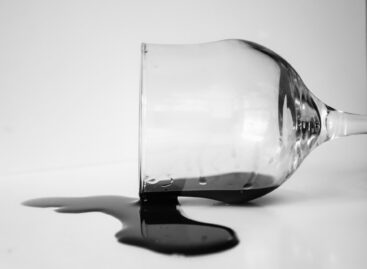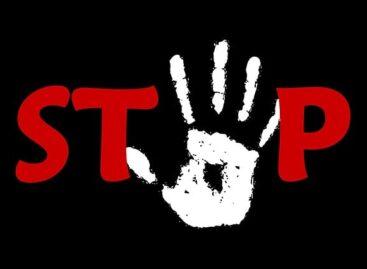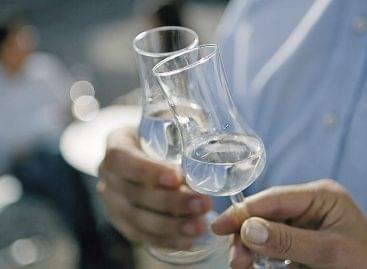Wines and wine connoisseurs
This article is available for reading in Trade magazin 2023/11.

Márió Spáda
wine and champagne buyer
METRO
“METRO keeps developing and systematically introducing a multi-channel wholesale selling model based on professional buyers, in every product category and business line. Our wine and sparkling wine sales concept has undergone a fundamental transformation: on the one hand, the sales and supply teams now work in close cooperation, on the other hand, we have rationalised the assortment in response to market needs, based on purchase monitoring”, says Márió Spáda, wine category specialist of METRO.
The company also has strong international support, which manifests particularly in its Spanish, Italian and French selections and METRO’s peerless prosecco range.
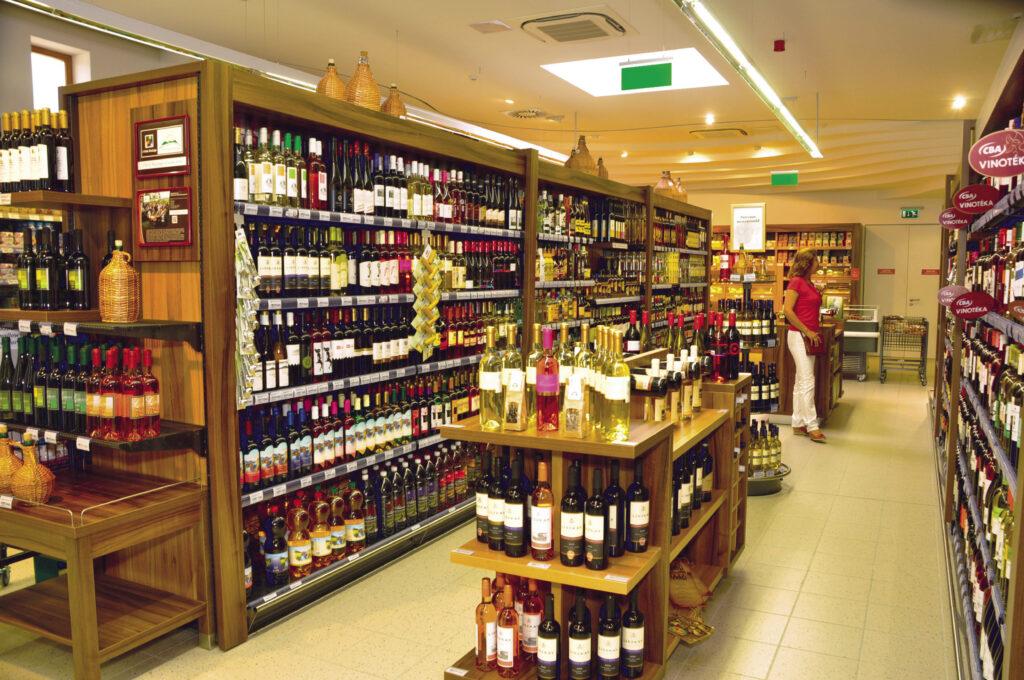
Retailers rationalise their assortment in response to market needs
Development

Gergely Németh
commercial director
Chef Market
“We nearly doubled our wine and sparkling wine sales in the first eight months of 2023 if compared with the previous year. Guests can find our wines in more and more restaurants, and we are very proud to be the wine supplier of every Michelin-starred restaurant. We are developing our Mitiszol? retail brand too: there is an online shop (mitiszol.hu), a special wine store in the Westend shopping centre, and we are the top partner of the biggest festivals”, says Gergely Németh, commercial director of Chef Market Zrt.

Judit Dobrovitsné
Király
purchasing and supply director
Auchan
“Auchan’s wine and sparkling wine range stands alone in the market. We are working with 150 Hungarian winemakers at the moment, offering around 1,000 wines and 200 sparkling wines every day of the year. We organised a big wine festival every October, and Auchan also hosts a few smaller wine fairs”, informs purchasing and supply director Judit Dobrovitsné Király.

Márk Maczelka
head of communications
SPAR Magyarország
“At SPAR wine and sparkling wine sales are decreasing in volume, but the decline has been smaller since the beginning of the year. As for value sales, both categories have produced growth mainly because of the inflation, of course”, reports head of communications Márk Maczelka.
Bubbly is popular

Judit Tőzsér
head of company
communication
Lidl Magyarország
“Lidl Hungary’s contribution to the Hungarian wine sector’s domestic and foreign sales was HUF 14.2bn in 2022, an increase of more than 60% percent compared to five years ago. Lidl sold more than 15 million bottles of wine in foreign markets last year, and shoppers can now choose from over 200 types of Hungarian wine in 16 European countries”, says head of company communication Judit Tőzsér.
Demand for sparkling wines is on the rise and the product category is growing, with a clear shift towards dry, raw and rosé sparkling wines. There is also an increase in the consumption of sparkling wines in the summer period, thanks to the introduction of sparkling wine based cocktails. Sparkling wine is more and more popular among young people.

Károly Gerendai
sales and category specialist for wine and sparkling wine
METRO
“We are witnessing the triumph of white wines in Hungary and internationally as well. Since this is the most popular category, we have an exceptionally large selection of white wines, great lots at great prices. Another big winner of the past year was prosecco, which is showing dynamic growth – it is clearly becoming really trendy, especially among young people”, points out Károly Gerendai, sales and category specialist for wine and sparkling wine at METRO.
Trends and target groups
Young target groups are very important for Chef Market Zrt., so the company is there at the biggest music and wine festivals. Their long-term vision is to show young people that wine and champagne are a much better choice than long drinks, as the consumption of Chef Market Zrt.’s organic wines and sparkling wines is affordable, sustainable and trendy.
Auchan has expanded its bag-in-box and wine bag selection. These products are characterised by easy-to-handle packaging and better quality preservation, and they are popular at parties. Auchan also targets young consumers with its RTD (ready to drink) range, which includes beer or wine-based cocktails, ready-to-drink spritzers, fruit-flavoured wines, and cocktail bases.
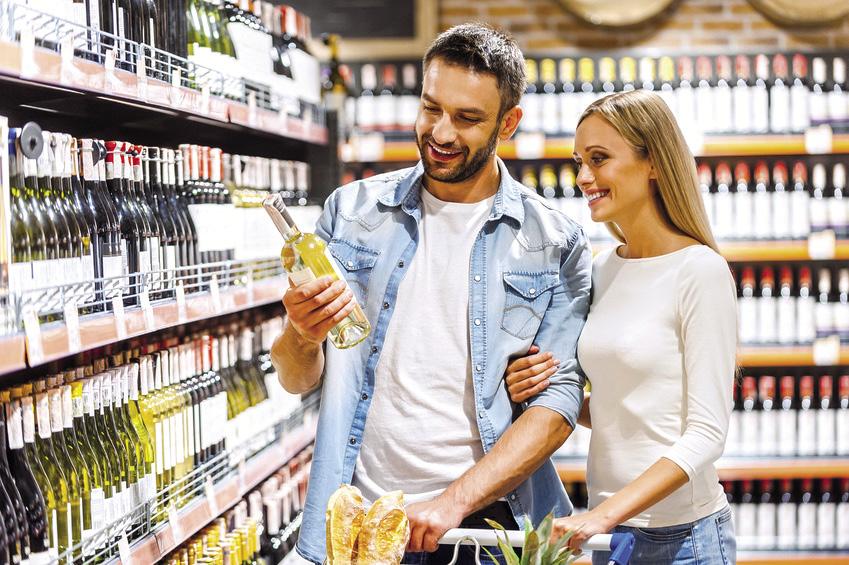
Current trends in classic wines show an increase in the share of white wines and a drop in the share of red wines
Light and fragrant
SPAR monitors market trends and shapes its product selection in accordance with its findings. From 2024 SPAR expects a growth in sales of white wines in particular, especially light, fragrant, and fruity varieties. Irsai Olivér is predicted to remain the most popular white wine, but other light varieties such as Sauvignon Blanc, Green Veltliner and Chardonnay are also favoured. Lidl’s website features a special menu to inform customers about the wines available in stores. The discounter tailors its wine offering to the needs of consumers. Experience is that there is a growing trend for wines that are simple, easy to understand and fragrant. //
Comfort in wine – but even more in fizzy drinks…
Comparing 2022 and 2021, if we look at all alcoholic drinks and non-alcoholic drinks, mineral water, and fruit juice together, what we see is that wine’s value share was decreasing (beer’s too) in the “share of throat” index, while carbonated soft drinks increased their share. Based on July 2023 MAT data, we can say that 42% of all wine is sold in discount supermarkets, and the channel’s share is 39% in value sales.
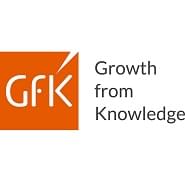

Krisztina Bodnár
business development
manager
GfK ConsumerPanel
In volume the white and red semi-sweet segments strengthened, which offer value for money. Their volume share is higher than their value share, because of their good price. On an annual basis, the penetration of dry red wines dropped from 30% to 28%, and the penetration of dry whites reduced from 22% to 20%. 40% of rosés and a third of dry reds are bought by households in promotion. The penetration of wine consumption has decreased the most in Budapest and in larger cities. Looking at income segments, the results aren’t surprising: the two lower income segments showed a 4-5 percentage point drop in wine buying penetration. //
Related news
Hungarian wine industry in danger
🎧 Hallgasd a cikket: Lejátszás Szünet Folytatás Leállítás Nyelv: Auto…
Read more >This year, 10 percent more new wine was produced than last year
🎧 Hallgasd a cikket: Lejátszás Szünet Folytatás Leállítás Nyelv: Auto…
Read more >Metro recalls peanuts
🎧 Hallgasd a cikket: Lejátszás Szünet Folytatás Leállítás Nyelv: Auto…
Read more >Related news
2026 begins in agriculture amid crises and a wave of investment – banking focuses on the dairy and pig markets, as well as CAP investments
🎧 Hallgasd a cikket: Lejátszás Szünet Folytatás Leállítás Nyelv: Auto…
Read more >Sovereignty Protection Office: According to the public, there is no place for foreign majority ownership in strategic sectors
🎧 Hallgasd a cikket: Lejátszás Szünet Folytatás Leállítás Nyelv: Auto…
Read more >Poor fruit harvest weighs on the pálinka sector
🎧 Hallgasd a cikket: Lejátszás Szünet Folytatás Leállítás Nyelv: Auto…
Read more >
